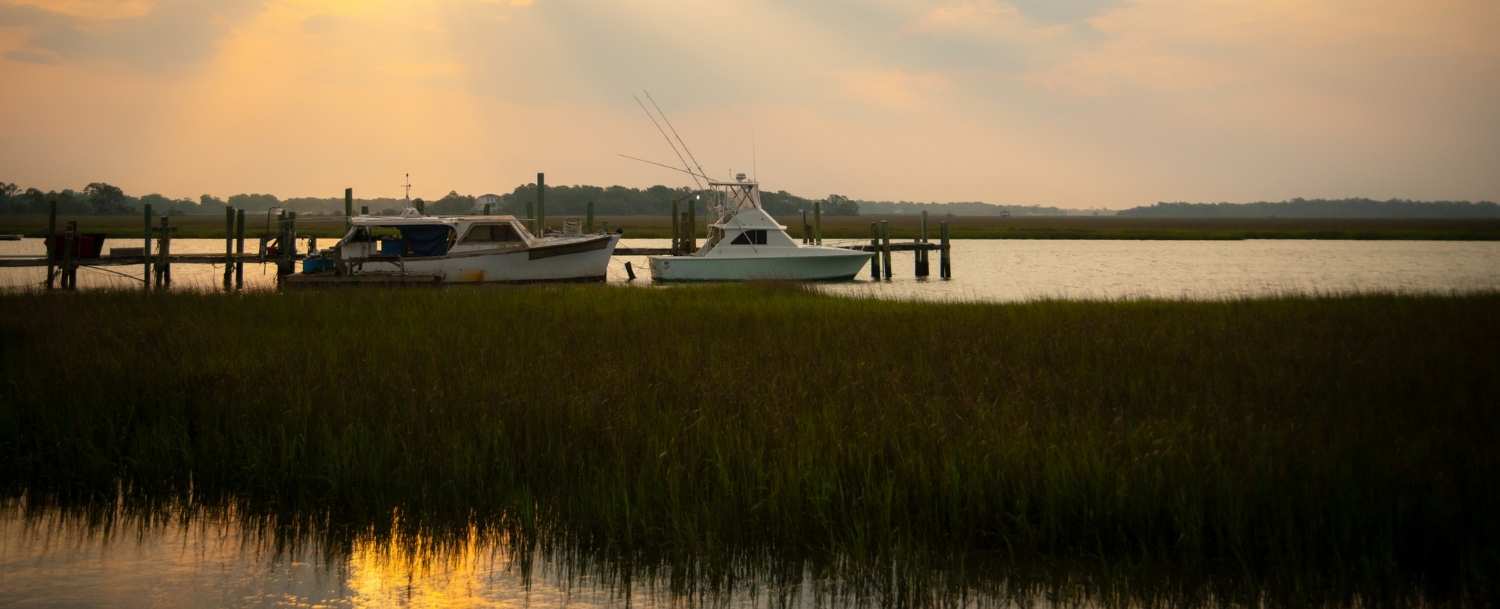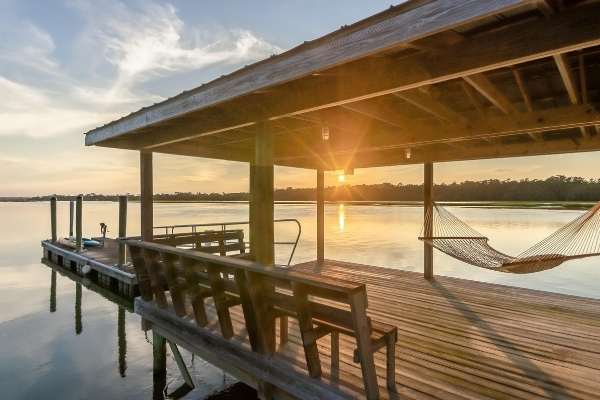A Brief Overview of Johns Island, SC
Did you know that Johns Island, SC is the fourth largest island in the eastern United States? Located just 20 minutes from historic Charleston, South Carolina, Johns Island is quickly gaining the attention of those looking to purchase a home near the water.
At just over 84 square miles, with a population of 21,500 residents this rural, agricultural-based community is becoming one of the fastest-growing communities in South Carolina.
History of Johns Island, SC
Bordered by the renowned resort communities of Kiawah Island and Seabrook Island to the south, Johns Island is named after Saint John Parish in Barbados where the original colonial settlers of the island emigrated from in the 1600s. The colonial settlers encountered native American peoples occupying the island.
Tribes such as the Stono, Bohicket, and Kiawah Indians lived on Johns Island where they enjoyed an incredibly rich ecological diversity. This abundance of wildlife included bobcats, alligators, coyotes, deer, otters, wild hogs, raccoons, and a dizzying number of bird species. Shellfish, particularly oysters, and fish offered a sustainable source of protein for the early inhabitants of the island.
Early colonial settlers produced Indigo, a crop transplanted from Barbados. Indigo was highly valued for its blue dye, but quite temperamental and difficult to grow. Elizabeth Lucas Pinckney is famous for its successful cultivation in the Lowcountry. The settlers built plantations along the waterways and relied on slave labor to produce crops and manage day-to-day agricultural operations.
Johns Island endured British occupation of the island during the American Revolution. The present-day Burdens Causeway is a historical site marking the Battle of Bloody Bridge during the Civil War. A significant historical event, the Stono Rebellion, occurred on Johns Island in 1739. The Stono Rebellion brought together a group of slaves who sought their freedom by escaping to Spanish Florida. Led by a brave visionary named Jemmy, the freedom fighting group was eventually thwarted before they could achieve freedom.
Following the Civil War, the island continued to be an agriculturally based community. Johns Island became known nationally for delicious tomatoes grown in the rich, fertile soil. Residents and visitors today may still enjoy local Johns Island tomatoes at the Stono Market and Tomato Shed Cafe.
Johns Island,SC Present Day
The flora and fauna of Johns Island continue to be an abundant tapestry of diversity. Deer, eagles, blue herons, and the occasional bobcat are just a few island inhabitants still roaming the island. The agricultural heritage of the island continues to thrive. Local farmers such as Ambrose Farms, Legare Farms, and Fields Farms grow crops for local markets and restaurants. See a list of Johns Island farms here and where you can purchase local Johns Island produce.
The island continues to add more housing and businesses. The Maybank Highway corridor added several restaurants, shopping outlets, and businesses catering to local residents. See our Johns Island restaurant guide for dining options in the community.
Living in Johns Island, SC
If you are considering purchasing or selling a home on Johns Island Pam Harrington Exclusives Real Estate is here to assist you with all your real estate needs.
Pam and her veteran real estate professionals bring over 43 years of direct experience to each transaction.
In today’s competitive market it is imperative to work with seasoned professionals who are always working for each client, offering timely assistance and market-driven advisement.

